Our small, artist-focused organization has always struggled to adequately cover overhead costs and administrative needs as we aim to produce ambitious projects with artists who are under-resourced and carry high financial risk. The position of the independent creative producer in our field, ultimately, has become to absorb the risk (alongside the artist) of creating anything new. In most cases, unless an artist has access to family wealth and capital, the amount of available project support in our field is inadequate. The vision and chewy ideas of our most interesting and dynamic artists nearly always surpass the funding and resources available to support them—especially if you consider the artists involved to be highly trained professionals in a field that values advanced degrees and innovation. They are almost never compensated as such.
I have benefited greatly from stabilizing organizational grants over the past several months including an SVOG grant, which is now my organization’s largest grant to date. These funds have allowed me, as an independent and creative producer, to find personal financial stability in the short term and the funds have allowed LAPP to dedicate renewed time, energy, and resources into reimagining our artist-centered structure and model. But I recognize I have benefited more from these resources than any individual artist I work in service of. While these incredible, stabilizing sources of funding are going to make a long-term difference in my ability to support emerging artists, they are not necessarily making an immediate impact on my ability to produce large-scale, visionary, or innovative projects that artists are beginning to imagine again.
What would our field look like if this level of organizational or institutional support was always present? Now that organizations and established producers are finding new modes of stability, however temporary, how should those funds be prioritized? Better yet, what might the field look like if high-level resources were allocated directly to the generative artists and independent producers who are creating the content the field is built upon? What could our future look like if funding and resources were allocated based on what artists tell us they need?
Several initiatives have emerged that are worth examining as we collectively rebuild our field: CIPA’s New Work Development Network, an ambitious producer-led platform that aims to robustly support new performance projects at varying scales; the International Presenting Commons, a presenter-driven initiative to ensure a future for international collaboration and exchange hosted by HowlRound; and a sprinkling of independent initiatives happening nationally in support of building out local infrastructure for specific geographies—most often driven by smaller, less-resourced, artist-driven organizations and independent producers.
Local, national, and international initiatives each require attention and resources. How is our field’s funding community paying attention to each portion of our ecosystem? How is capital distributed across these three priority areas? Where are our artists’ needs centered and where are their voices included? How is each initiative attending to the generation of new work that desperately needs to be cultured and developed?
Artists—and the independent producers they may work closely with—might be the only members of our field who truly feel the weight of this work. So who better to design the next iteration of national artist support?
A New Work Development Network
The New Work Development Network (NWDN) has grown out of a series of think tank sessions. Organized by CIPA members, Tommy Kriegsmann, Karla Brom and Tyler Rai, these sessions were in conversation with producers, artists, and presenters from across the United States. Kriegsmann’s framework predates the development of CIPA, but is being well served by engaging thought partners across CIPA’s growing membership.
The current team behind the NWDN aims to “align the quality of support for new work development with the health of our creative ecosystem.” They write: “It is crucial that the resources available to us are culled, evaluated and strengthened on a steady basis to provide the maximum support possible for the development of new projects.”
The leading goals of the NWDN are built around reinforcing our field’s shared responsibility in buttressing and championing the development of new work by contemporary artists. Collaboration between producers, artists, arts presenters, and funders is necessary in order to progress this work. All of us have something on the line and something to contribute to this effort.
How will this initiative be different from those that already provide critical support for new work in the United States? Ideally, artists and their producers will drive the NWDN’s process by being at the center of how the program is designed and how future resources are allocated. The power pendulum must shift from the presenter to the artist. After all, it is the artists who will imagine and create the work and experiences that we don’t even know we need yet. The NWDN is still taking shape, and while I don’t know how the initiative will ultimately unfold, I know there are dozens of incredibly smart people who are relentless in their support of artists working behind the scenes to manifest this vision.
Developing new work requires a surprisingly wide range of resources and I’m not sure all members of the arts presenting field are aware of the risk, complexity, and pure grit involved in the process. Artists—and the independent producers they may work closely with—might be the only members of our field who truly feel the weight of this work. So who better to design the next iteration of national artist support?
To fully develop new work with an artist requires a full matrix of partners who contribute only a small slice of the full pie. As producers, we develop relationships with independent residency centers, local donors, foundation program directors, presenters at varying scales, academic institutions, and local rehearsal studios. We often need to secure a premiere partner well before the project is fully funded, and while the artist’s ideas are still percolating. We commit to contracts a year or more in advance without truly knowing what the production needs are or what the company size will be at the end of the day. We have to get creative when planning housing for artists coming in from out of town to work on a project and we often learn how to maximize frequent flier earnings so we can supplement travel costs that we’re told are otherwise “out of budget.”
There are also questions that arise around power and authority. Who will decide which artists, producers, and projects participate in this new network of resourcing? How might this idea scale to support a larger number of deserving ideas? What can the geographic reach be? How are equity and access considered? Who is already positioned to benefit and how can the network ensure preexisting relationships, preferences, and modes of operating are challenged?
Designing a new model to counter the extractive systems we’ve relied on for decades is important. Kriegsmann and his team have been gathering feedback from producers, presenters, artists, and advisors as they design a new matrix for national support that looks holistically at the development process. The challenges are endless, but the potential is worth the effort.
A Critical Need for Local Infrastructure
For over a decade, Los Angeles Performance Practice has been working to create systems and infrastructure to support the development of new work by Los Angeles–based artists. These projects have the potential and capacity to resonate in national and international contexts and spark creative and critical conversations between artists and audiences—both within Los Angeles’s communities and through exchange platforms with artists and artist-driven organizations in other cities.
LAPP’s Live Arts Exchange (LAX) Festival was positioned as a platform for city-to-city exchange between artists, audiences, curators, and patrons. We completed an exchange year with artists in Mexico City in 2017 and with artists in Philadelphia in 2018 and 2019 (in partnership with Sarah Bishop-Stone and her organization The Philadelphia Thing). These locally anchored and artist-driven projects were rich and meaningful, but not entirely robust in terms of what we were able to offer financially or technically. We often worked in rented venues, many of them open warehouse spaces or nontraditional events spaces. We have relied on friendly loans of equipment, and have received limited grant funding in Los Angeles. The festival truly operated on goodwill and twenty-dollar ticket sales. Even so, the festival platform has become an important opportunity to gain greater visibility as a local artist in our city.
After months and months of living in a pandemic, Los Angeles artists have lost so many artist-run spaces that had previously been central to experimentation and early project development. In response to the pandemic conditions in Los Angeles, we offered a handful of online opportunities for artists to connect with each other, as well as local arts leaders, to attempt to identify future dreams, needs, and current challenges. We are currently in the process of relaunching our LAX Festival as a “gentle reconnection” between artists and audiences after a long time apart.

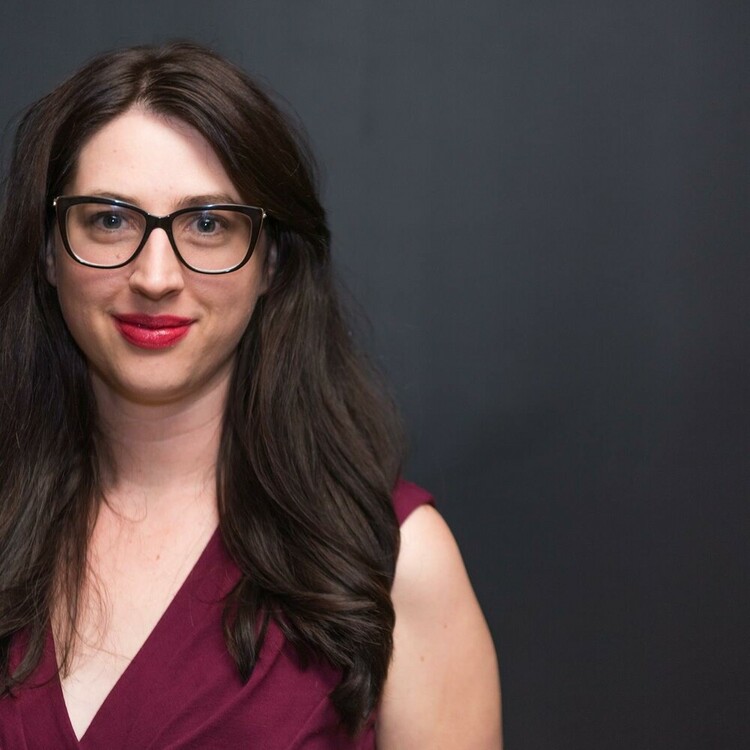
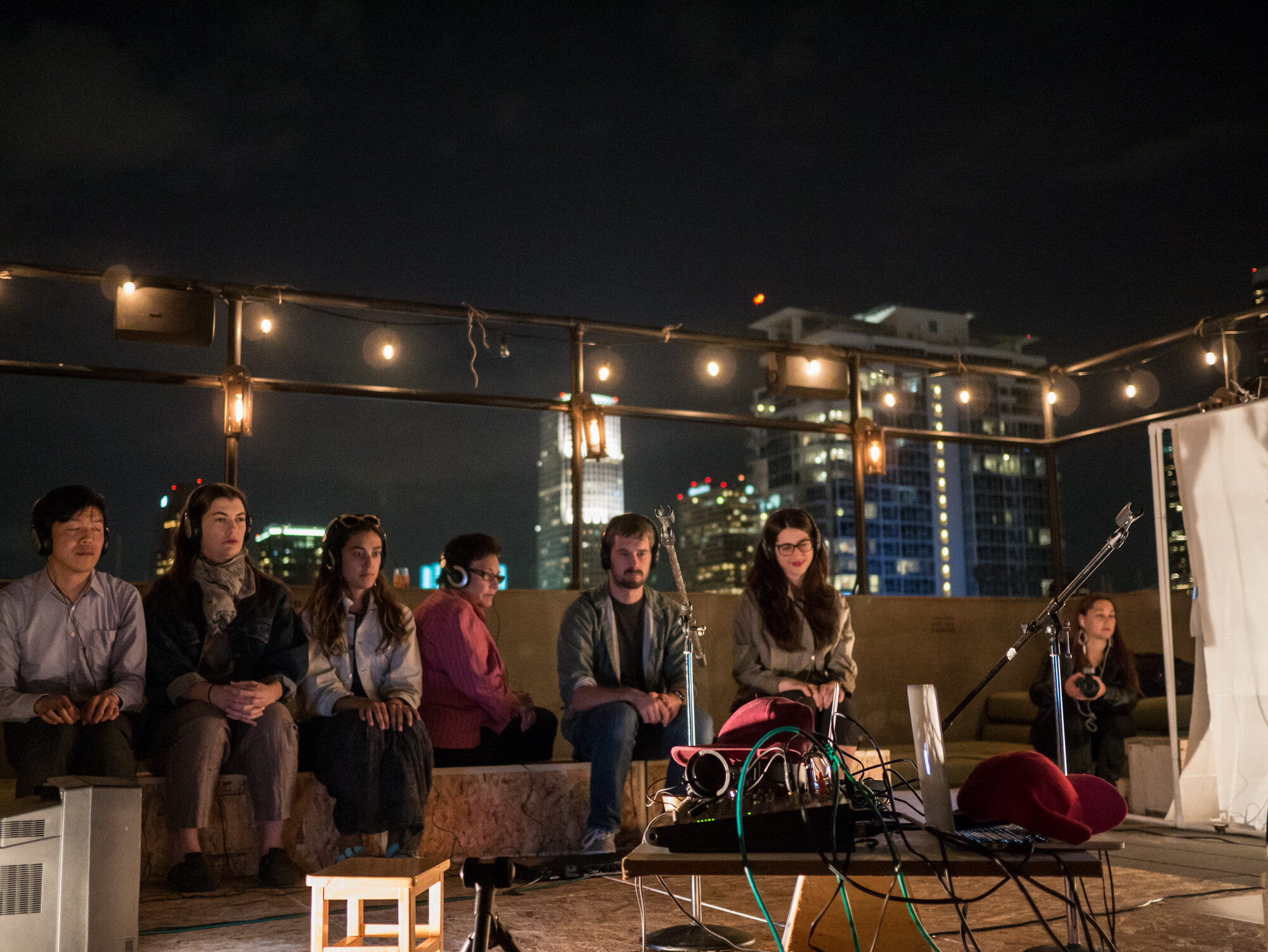
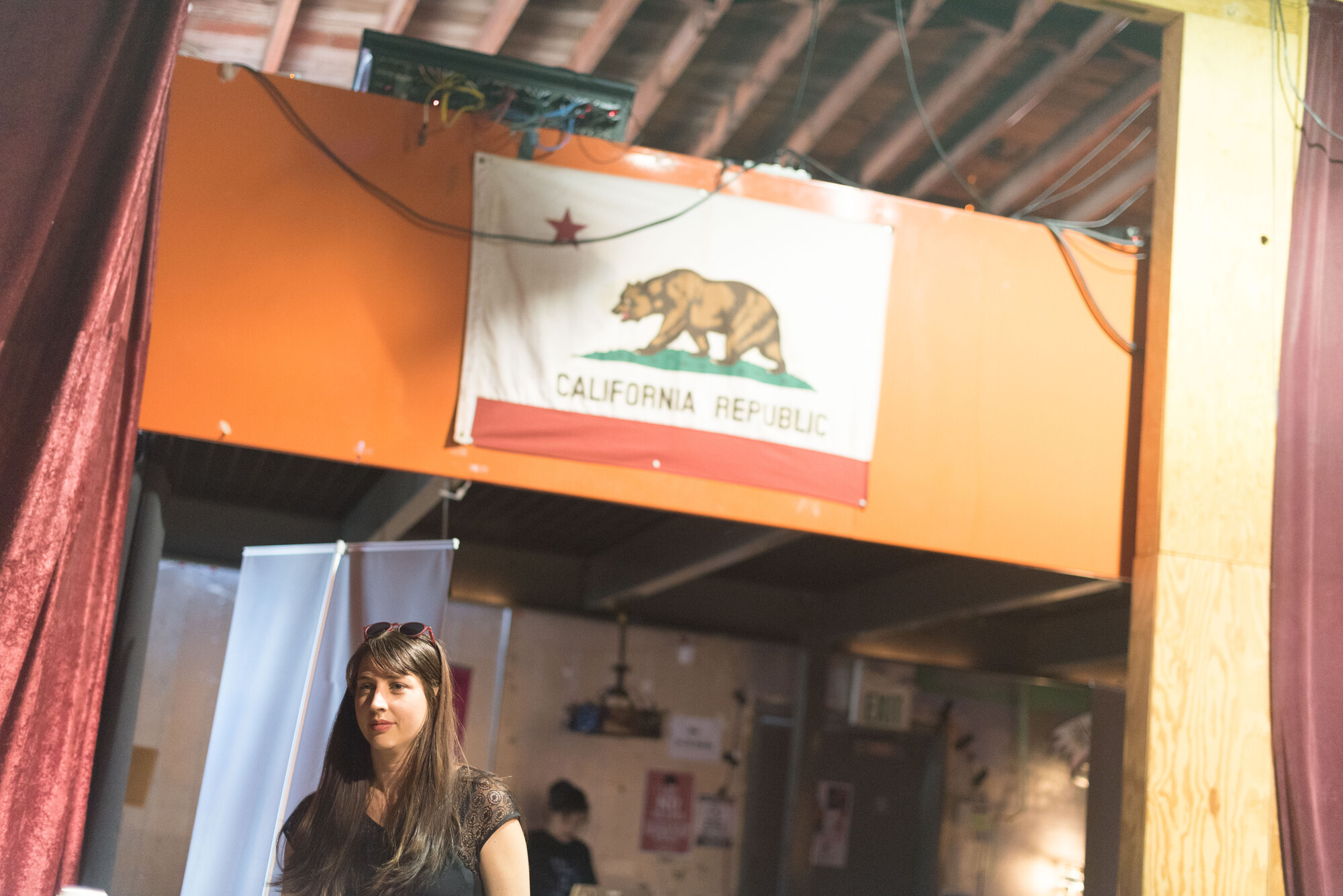
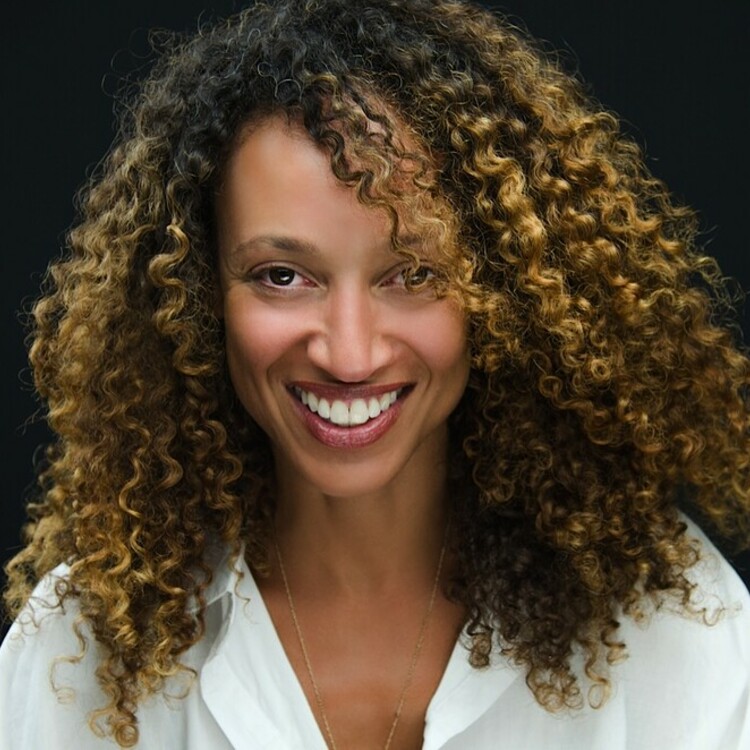
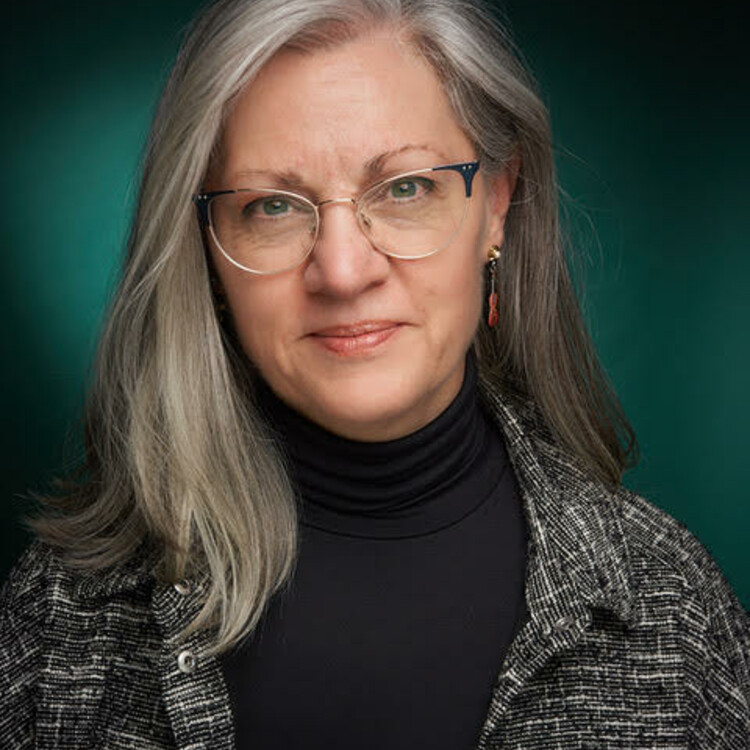
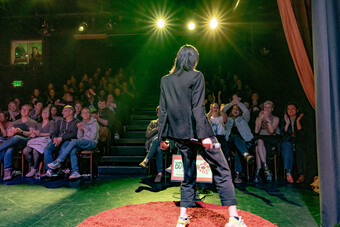



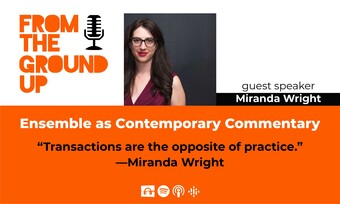


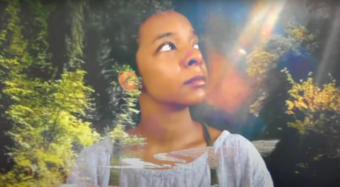

Comments
The article is just the start of the conversation—we want to know what you think about this subject, too! HowlRound is a space for knowledge-sharing, and we welcome spirited, thoughtful, and on-topic dialogue. Find our full comments policy here